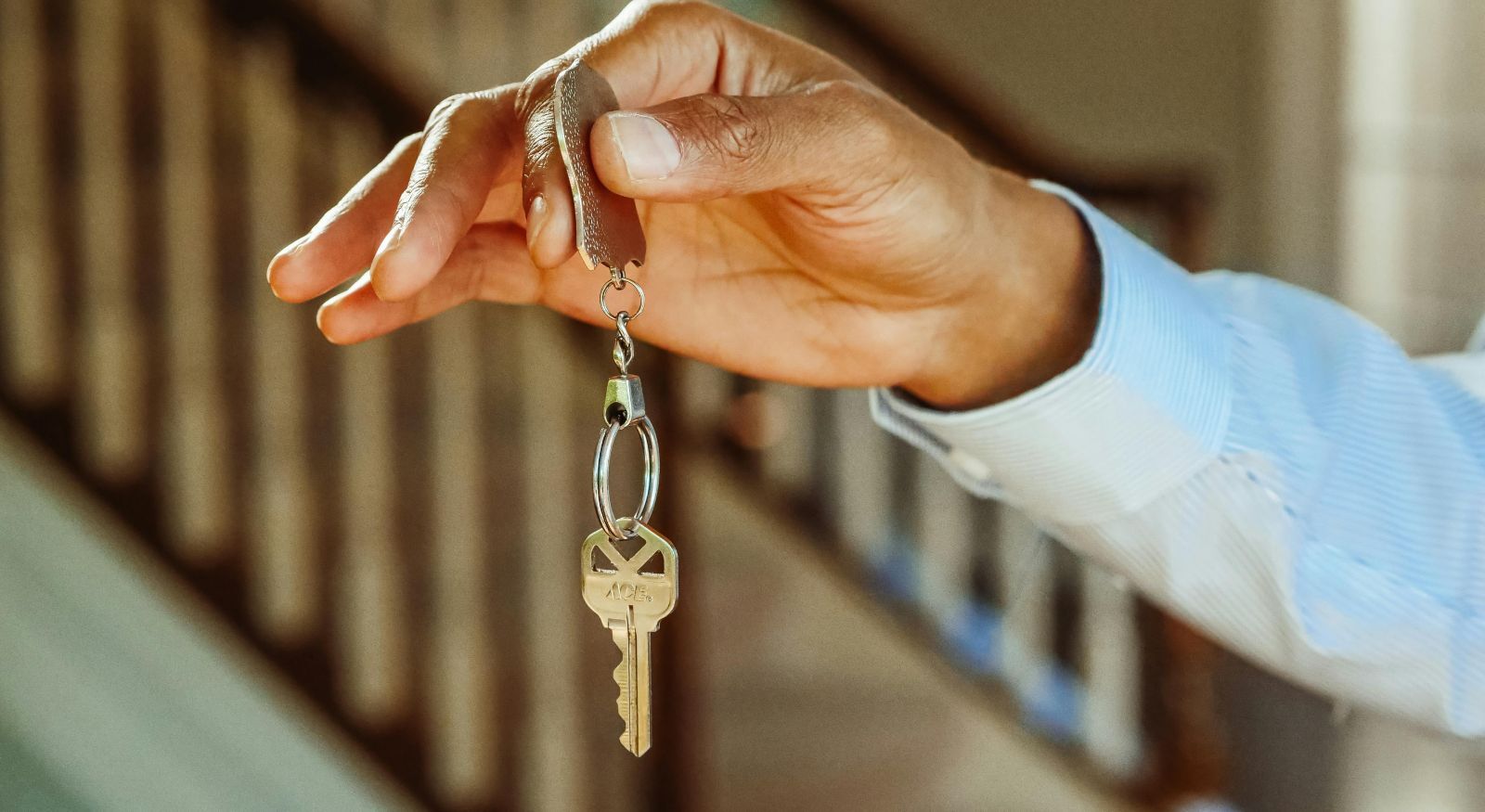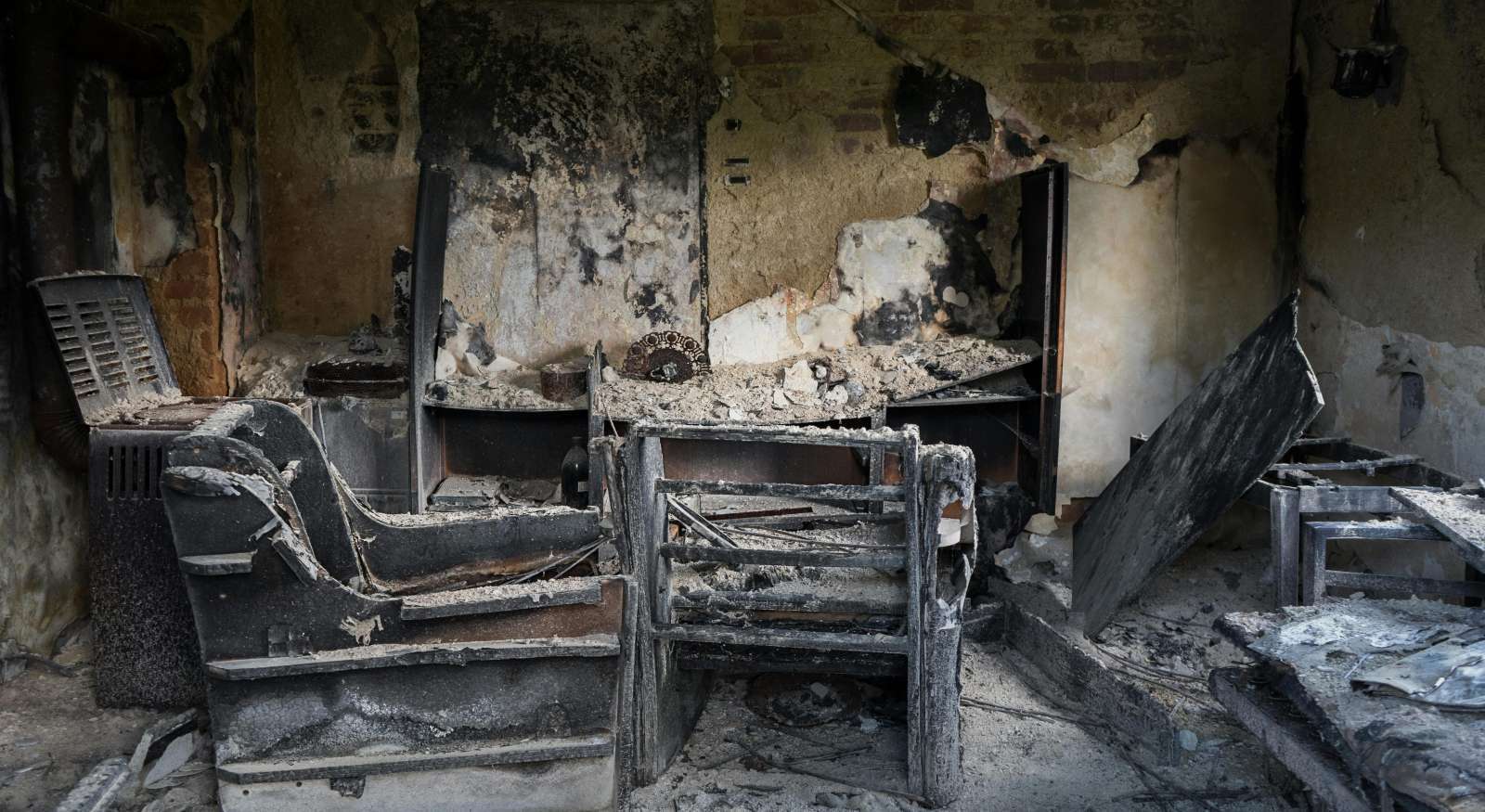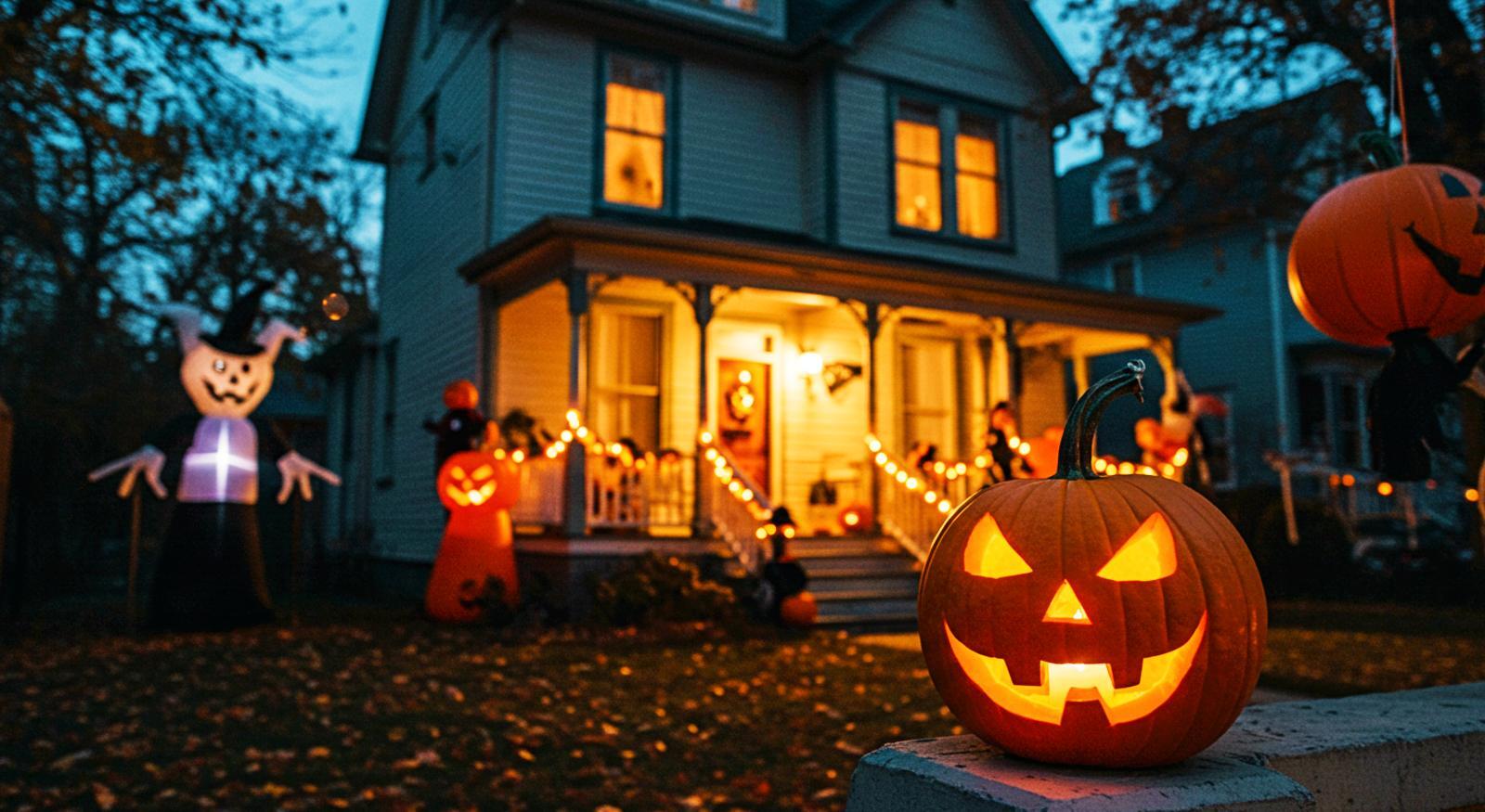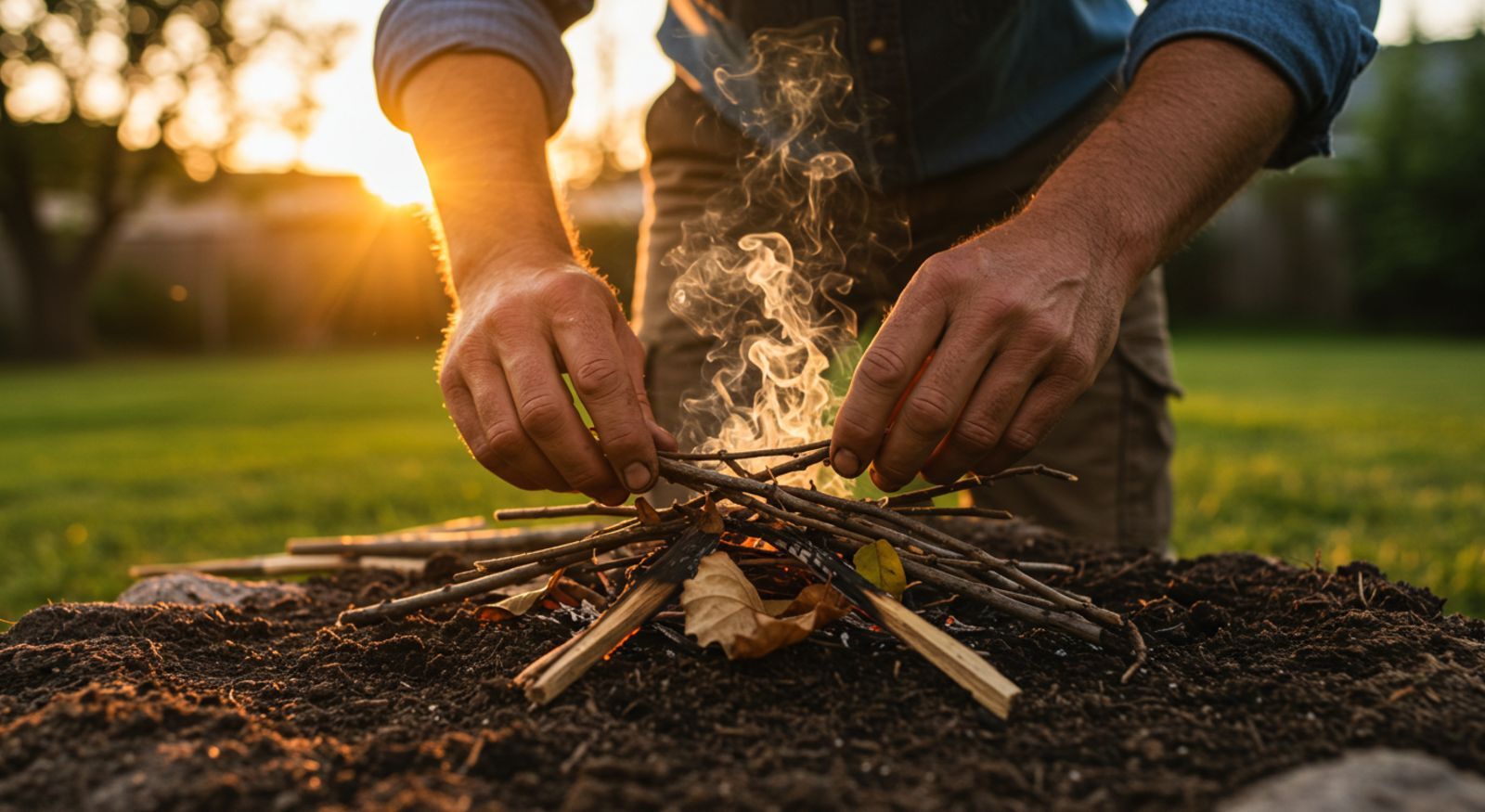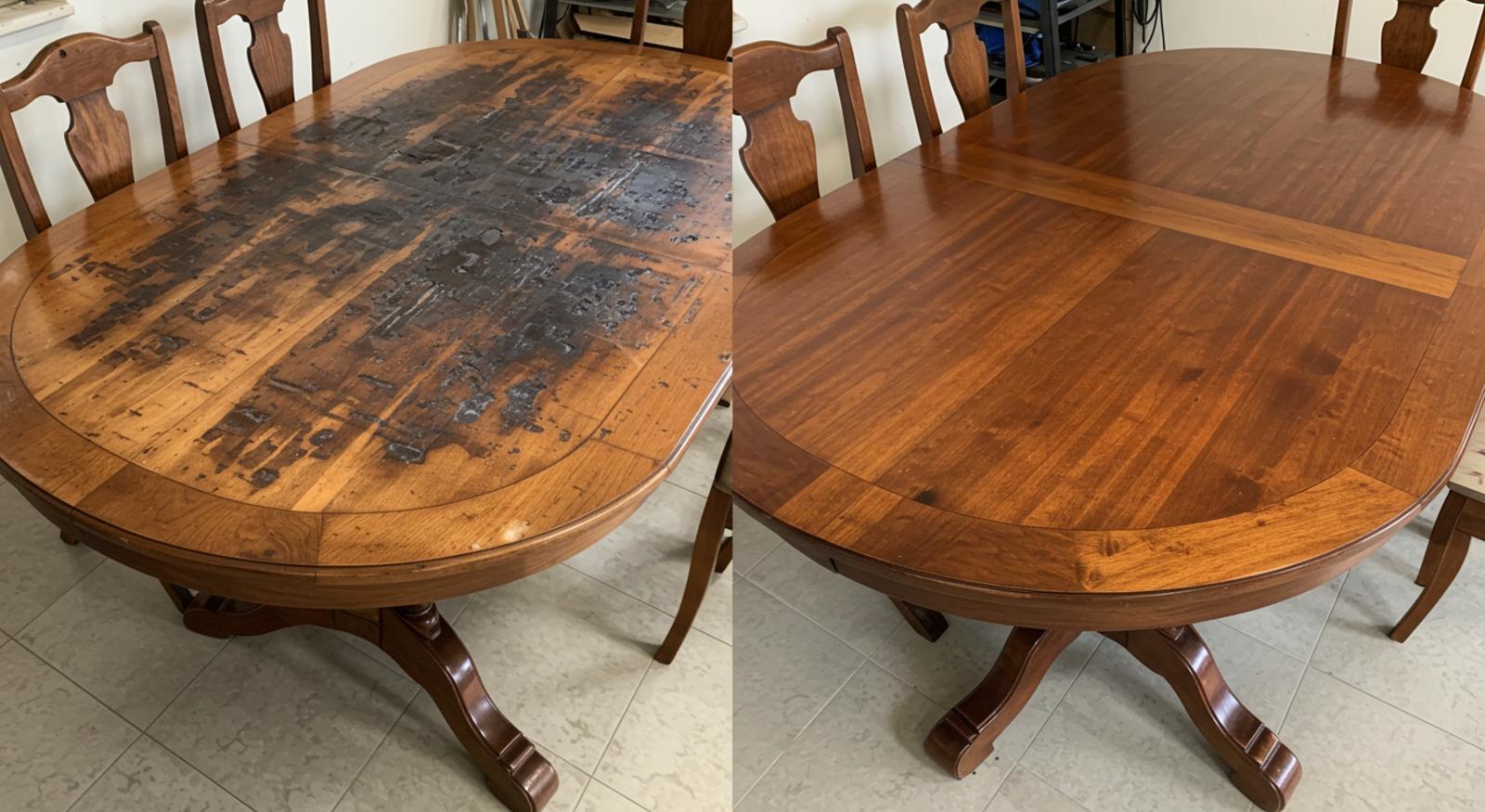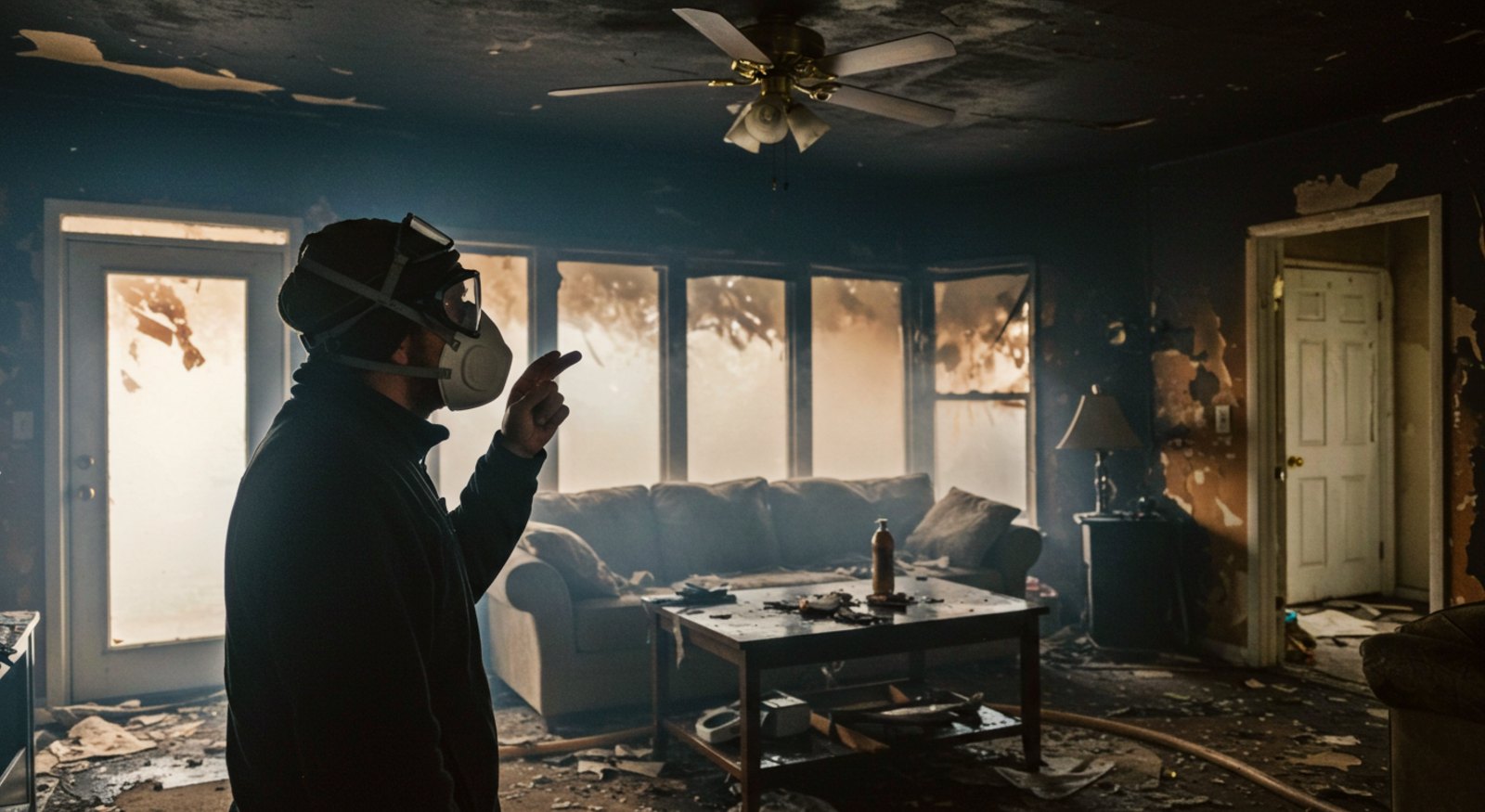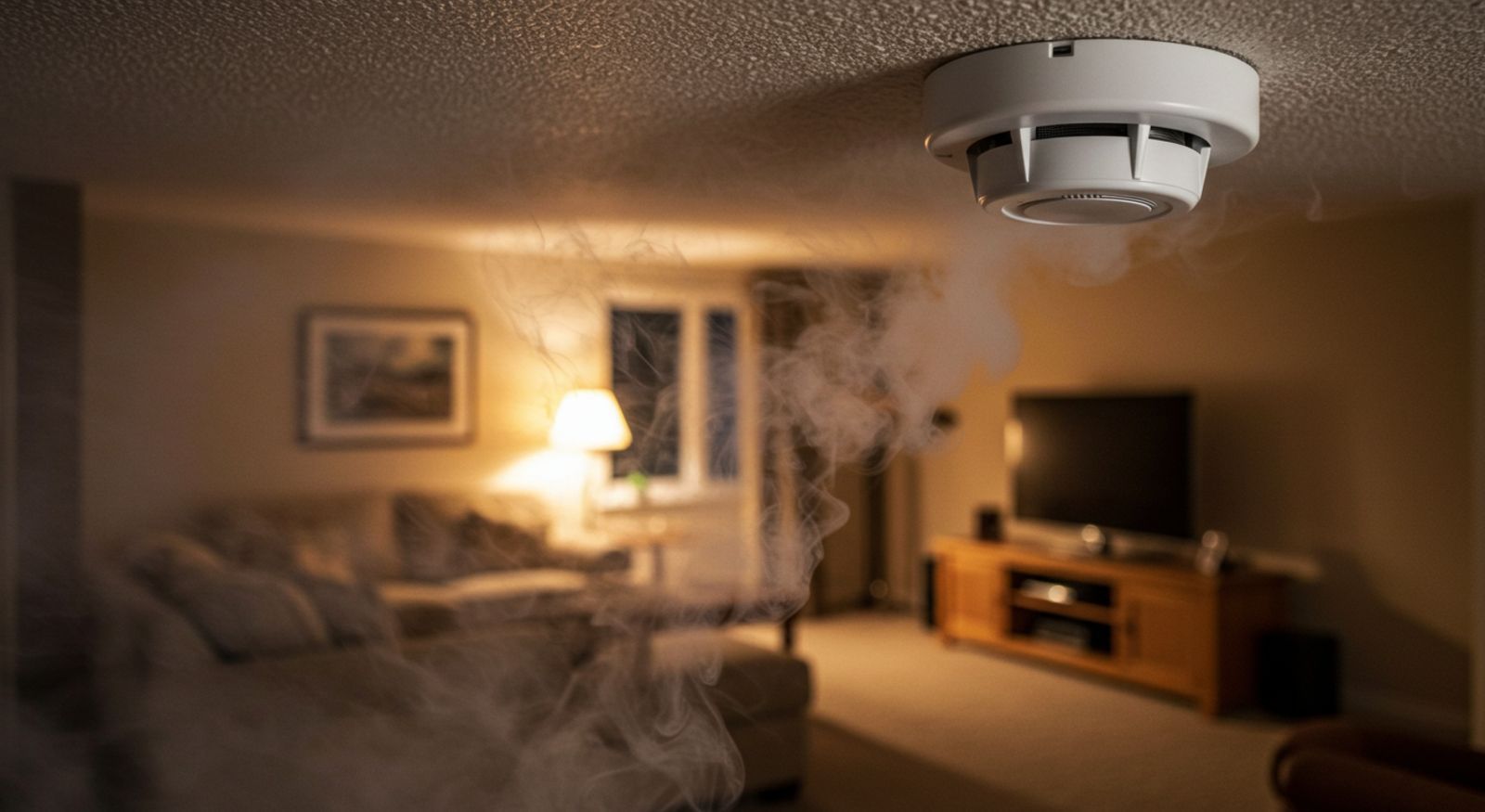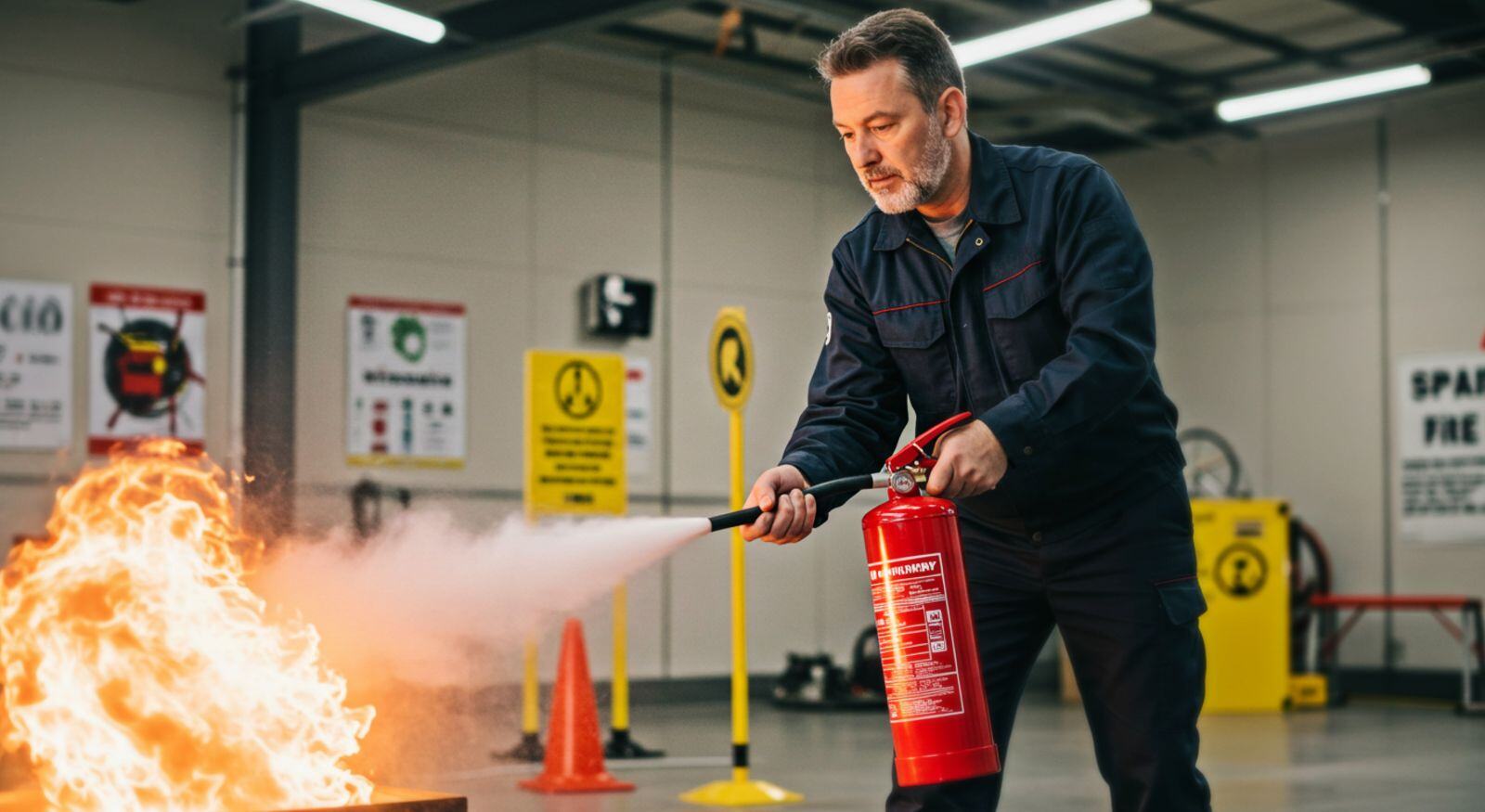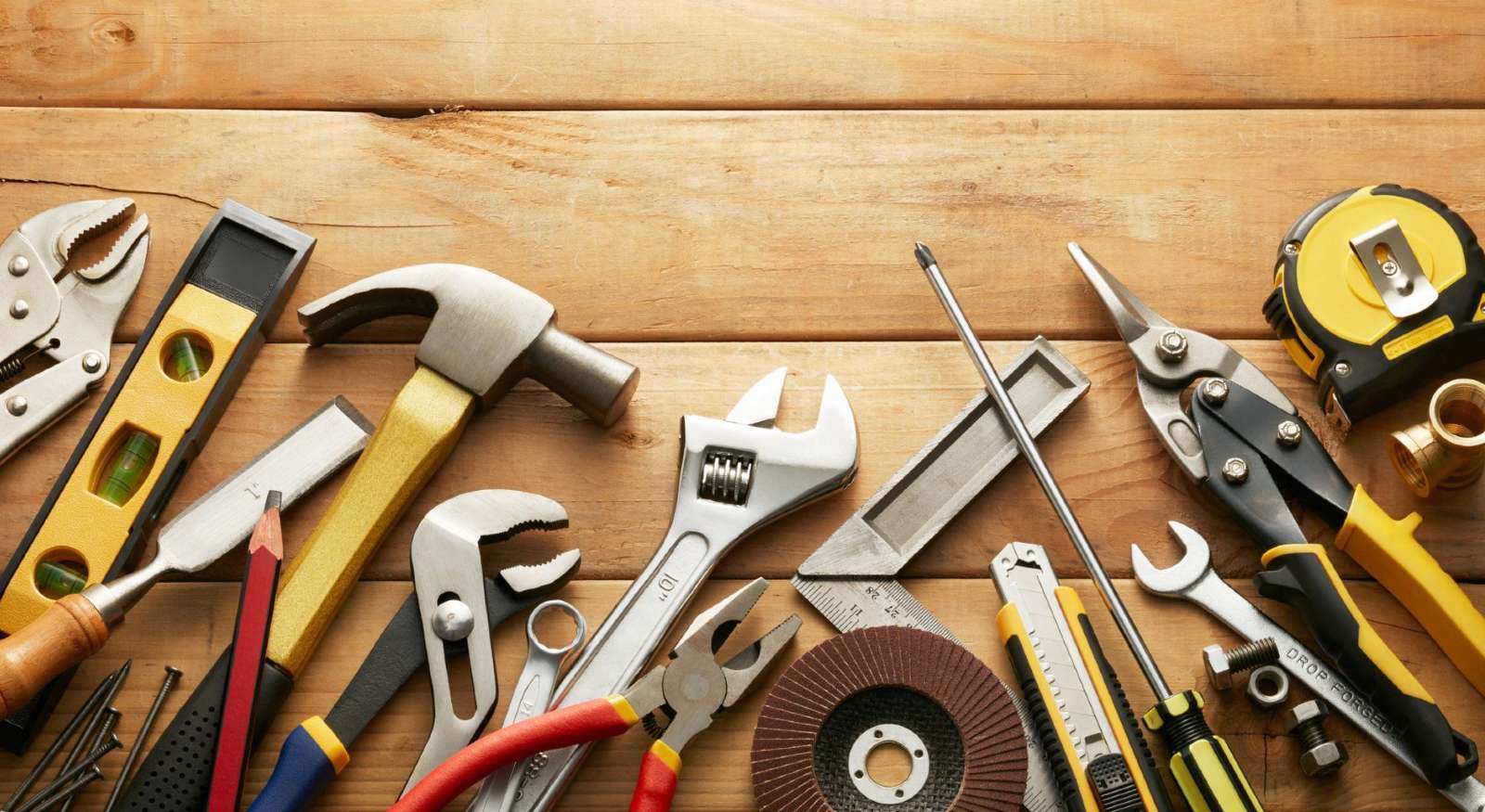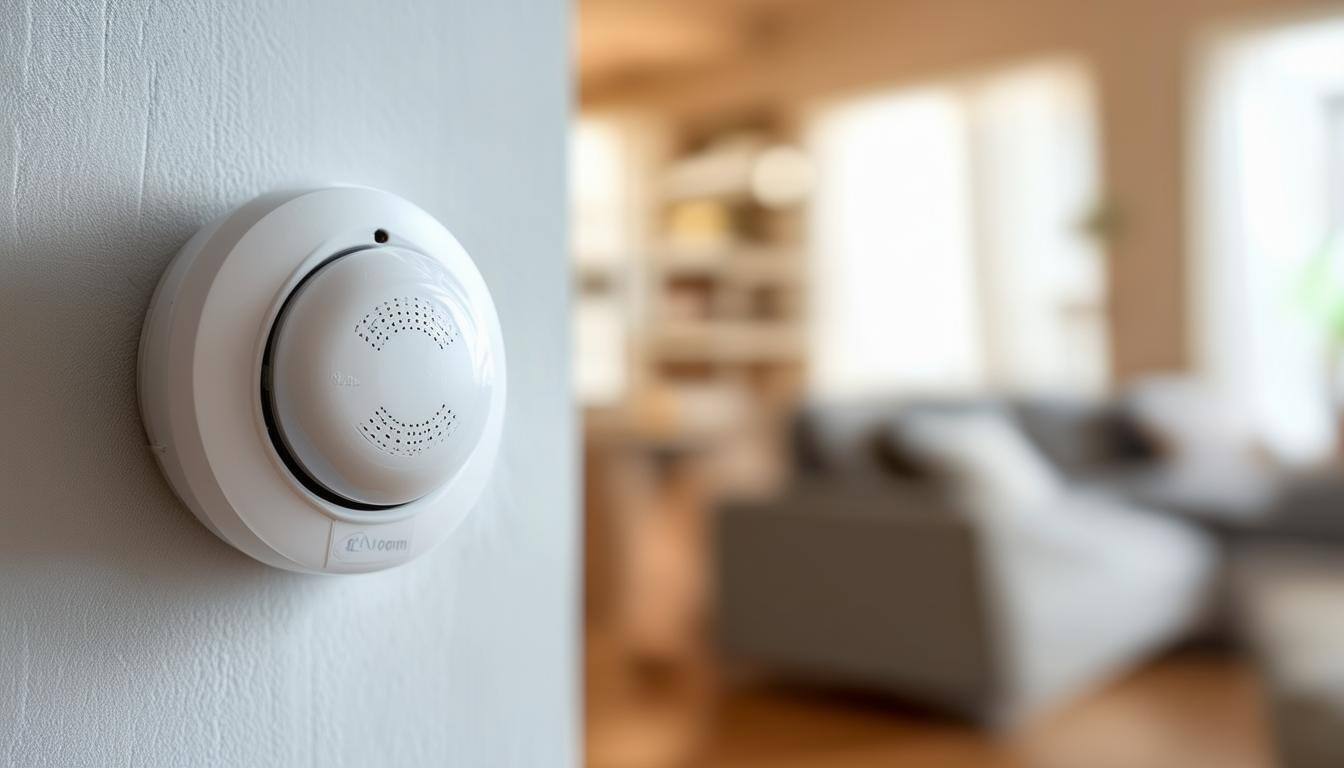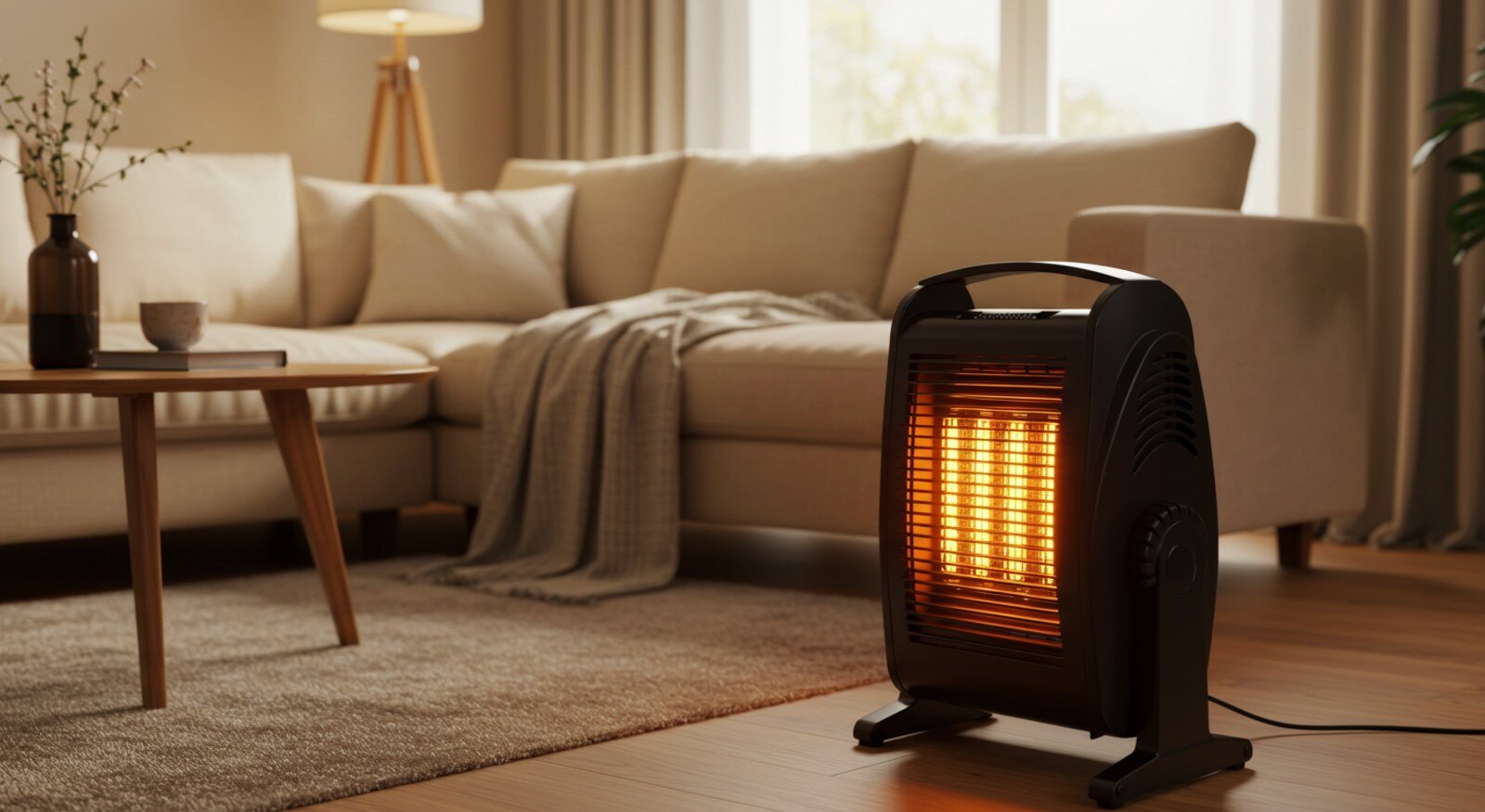Why DIY Fire Damage Restoration It's a Bad Idea
August 22nd, 2025
4 min read
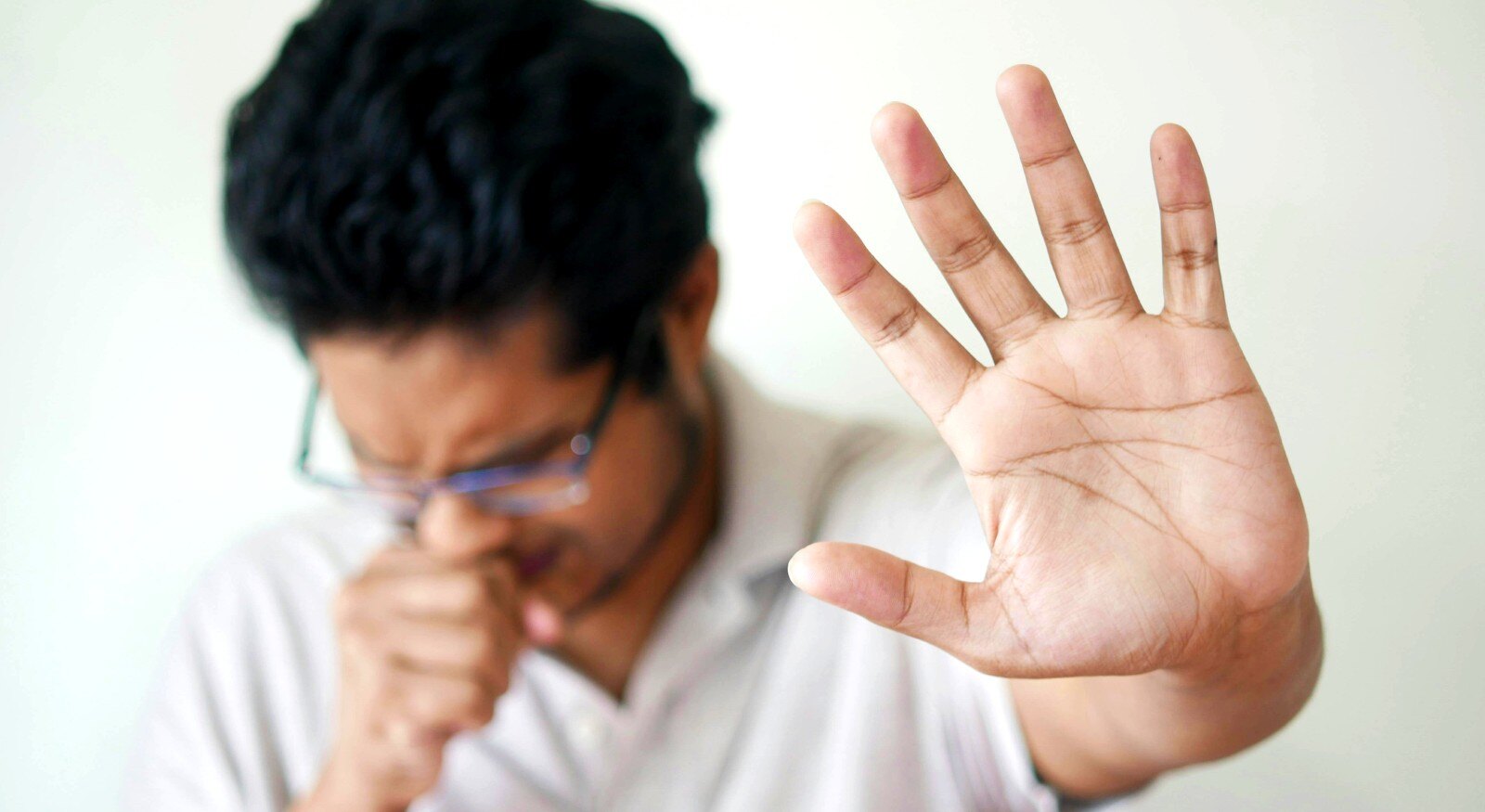
After a fire in your home, you are left with a mess to fix. Many homeowners may think that doing the cleanup themselves may save them some money, but is that really true? If you are among the many nervous about how to tackle the restoration, this article is for you.
Restore-It has seen hundreds of fire restoration cases over the past decade, serving the people of South Arkansas. As restoration experts, we understand the dangers associated with this type of project and the problems that can arise from a poorly done job.
Let's talk about why it's better to let fire damage restoration to the professionals and the problems you will run into if you don't. We will explore the potential pitfalls and help you make informed decisions. So, let's get going!
The Hidden Dangers of Fire Damage
If you think the danger is over once the flames are put out, think twice. Fire doesn't just leave behind charred wood and ashes. It creates a complex and dangerous environment that goes beyond what you can immediately see. Let's take a look at the threats left in the aftermath of a fire:
Smoke and Soot
According to the United States Environmental Protection Agency (EPA), smoke residues can hurt your cardiovascular or respiratory system. People with respiratory issues like asthma or who are immunocompromised are particularly at risk. Older adults and children are also more susceptible to smoke.
On the other hand, both are corrosive in nature and can damage building materials and your belongings over time. Plus, they seep into every crack and crevice of your home, contaminating surfaces and making it difficult to remove without specialized techniques and equipment.
Water Damage
Firefighters use a lot of water to put out fires, and this water can cause its own set of problems. It can lead to flooding, soaking carpets, walls, and furniture. Water can weaken the structure of your home and create the conditions for mold growth.
Structural Instability
The intense heat of a fire can weaken the walls, floors, and ceilings of your home. This damage might not be evident at first, but it can make your home unsafe.
Hazardous Materials
Older homes sometimes contain materials like asbestos or lead paint. When a fire damages these materials, dangerous particles can be released into the air, posing serious health risks.
Common Mistakes During DIY Fire Restoration Projects
Trying to DIY fire restoration often leads to mistakes that can make things worse. Knowing these common mistakes can help you make safer and more informed decisions about your recovery.
Inadequate Safety
One of the biggest mistakes is not taking proper safety precautions. This means not wearing the right protective gear, like respirators, gloves, and eye protection. Without this gear, you can breathe in harmful particles, irritate your skin, and risk serious health issues.
Not Cleaning the Air
After a fire, controlling soot and smoke particles is of utmost importance. Some homeowners think that opening windows and letting fans circulate the air is enough, but that's far from the truth. Specialized equipment is needed to clean the air and prevent the particles from further contaminating the indoor air.
Not Sealing Affected Areas
Cleaning up the affected area without sealing it first is a big mistake. By not closing off the area, you risk contaminating other spaces with fire residue. This increases the damage to building materials and belongings and ultimately affects the final bill.
Not Tarping or Boarding Up
Another mistake is forgetting to tarp and board the affected exterior walls or windows after a fire. Otherwise, the home will be exposed to outside elements, including weather and animals. Plus, high humidity levels from outside can create the conditions for mold growth indoors.
Ineffective Cleaning
Using regular household cleaners isn't enough to remove soot and smoke. Using the wrong cleaners can also smear the soot, making it harder to remove and potentially damaging surfaces.
Ignoring Hidden Damage
It's easy to focus on what you can see, like charred walls. But fire can cause hidden damage, such as water damage (from firefighting efforts) or weakened structural components. Ignoring these problems can lead to mold growth or safety hazards down the line.
Improper Drying
Water used to put out the fire needs to be dried quickly and thoroughly. If the area remains damp, it can lead to mold growth and further damage. Using the wrong drying equipment can prolong this process.
Electrical Dangers
Water and electricity are a dangerous combination. Using electrical appliances before the electrical system has been inspected by a professional can result in electrical accidents, such as shocks or fires.
Structural Risks
Fire can weaken the structure of your home, making floors or ceilings unstable. Walking on these weakened areas can be extremely dangerous.
Not Documenting the Damage
Failing to document the damage can complicate your insurance claim. Your insurer will send an insurance adjuster to assess the damage and determine what is covered under your policy.
The Rundown: DIY vs. Professional Fire Restoration
Handling fire damage cleanup yourself might look like a way to save money, but is that really the case? When you take a closer look at what's at stake, going the DIY route will most likely lead to more trouble than you expected.
DIY Restoration: Saving Cents to Lose Dollars
Doing it yourself is cheaper at the beginning because you're not paying for someone else's labor. However, fire damage is tricky. You're dealing with harmful stuff you can't always see, and cleaning it up incorrectly can worsen your health.
On top of that, if you don't know the right way to do things, you might not get everything clean, and the damage could even get worse. It often takes much longer to recover from fire damage if you're doing it yourself, and because you lack the experience, the chances of making mistakes are higher.
When accounting for the health costs related to fire residue exposure, plus the money for extra repairs, you might find that DIY restoration is actually more expensive than you thought. If we also consider the possibility that your insurance claim could be voided, the costs can increase significantly.
Professional Restoration: Save Your Money and Your Health
On the other hand, working with experts means you're paying more upfront. But you're also getting their expertise, the right equipment, and a team that knows how to clean up safely and effectively. This can mean a quicker recovery, a healthier home, and a lower risk of hidden problems emerging later.
Don't Risk It! Call Restore-It for Fire Restoration
If you felt anxious and uncertain about what to do after a fire, we hope this article has given you some clarity on the matter. Now that you have learned about the risks involved in attempting fire damage restoration on your own, you know it's best to count on the professionals. Call Restore-It for expert fire damage restoration. Our technicians will guide you through the process and restore your home and your peace of mind.
Topics:








